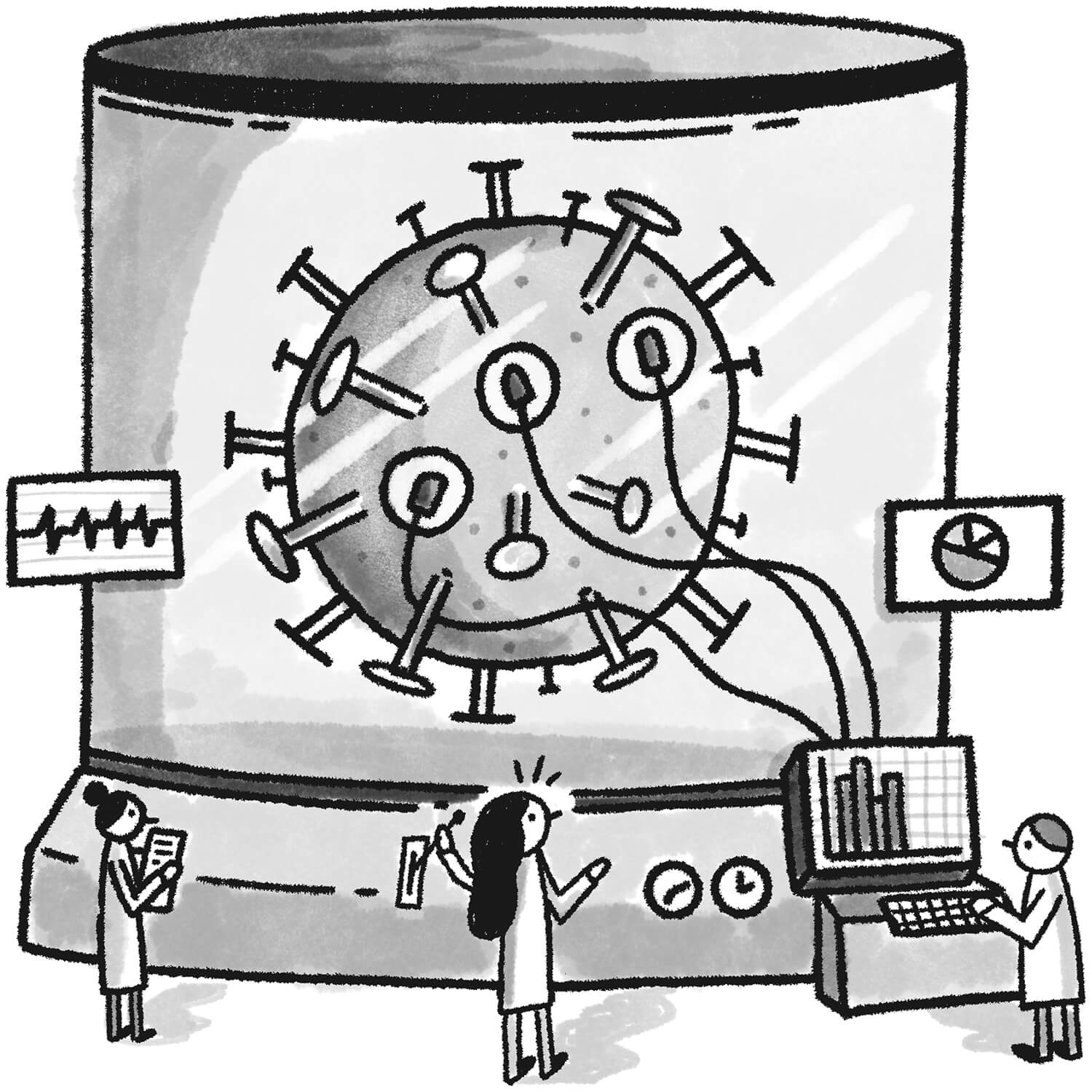Imagine being able to collect the information about COVID-19 patients in Alberta, then presenting it to an AI, which might be able to pick up patterns in the spread that aren’t so easily apparent. That could help us prep for the next pandemic.
But there are problems. AI is only as good as the data it’s given, and patient privacy must be protected. Giving our specific medical data to an AI researcher is a breach of trust.
So, how to get the data to the AI without compromising patient confidentiality? According to Reg Joseph, the CEO of Edmonton’s Health City, the solution is to “mimic” the data.
Health City worked with the Institute Of Health Economics (IHE), Replica Analytics, the University of Alberta and Alberta Innovates on a pilot project to see if data could be shared without compromising patient privacy. In May, the Canadian branch of Merck, the international pharmaceutical group, joined the project.
This past February, they looked at 300,000 records from opioid patients, compiled over seven years. A record could be of a lab result, an emergency room visit or a major intervention.
Then, they “mimicked” new data set from the old data set. The idea is that this data can now be shared with the wider world of researchers without privacy issues.
But why is it important to create technology to mimic the data? Why can’t the health system have people working to manually take the names out?
“The thing is that the Alberta health system doesn’t have the budget to bring in a lot of data scientists,” says Joseph. “That money is needed for doctors, nurses, ventilators and other medical equipment.”
But why is AI so important? “Medical science is hypothesis based, AI is pattern based,” says Joseph.
Basically, health professionals are trained to predict how a treatment will work, and then run an experiment. AI looks at wide swaths of data and picks out patterns. So, while doctors are good at micromanaging how to cure a disease, AI can quickly find patterns on how a disease spreads.
The marriage of the two philosophies can only work, though, if a shareable, anonymous yet trustworthy data set can be shared be-tween researchers. This pilot project is an important first step.
This article appears in the Summer 2021 issue of Edify
